#kiersau
Photo

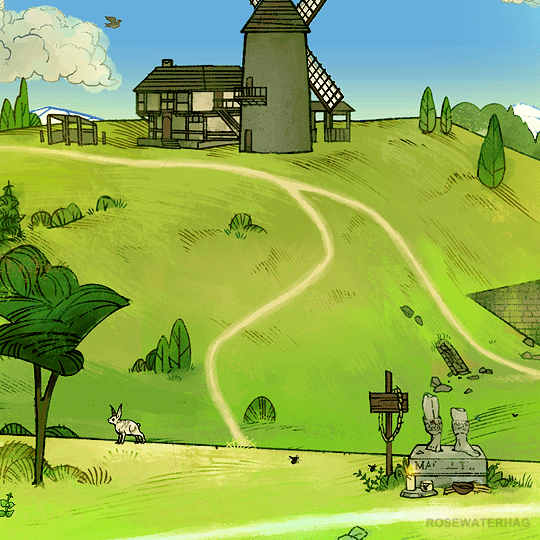


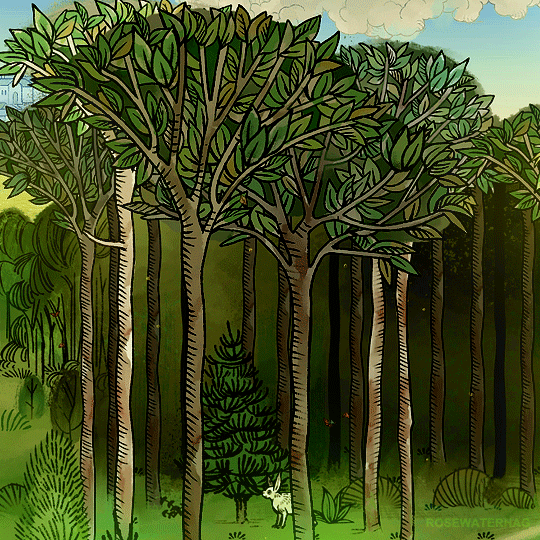
Pentiment + Spring
#pentimentedit#pentiment#andreas maler#gamingedit#dailygaming#gamingnetwork#videogameedit#kiersau#tassing#ch: andreas maler#vg: pentiment#gif: mypentiment#i missed this game so much#currently doing another playthrough
536 notes
·
View notes
Text

love is the only reason to do anything in this life.
248 notes
·
View notes
Photo
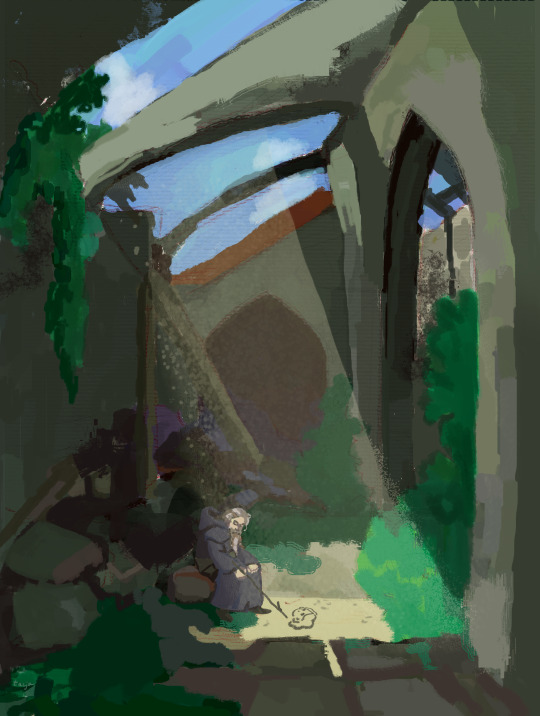
every moment leads toward its own sad end.
234 notes
·
View notes
Text

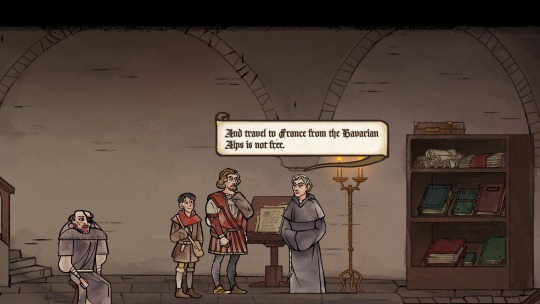

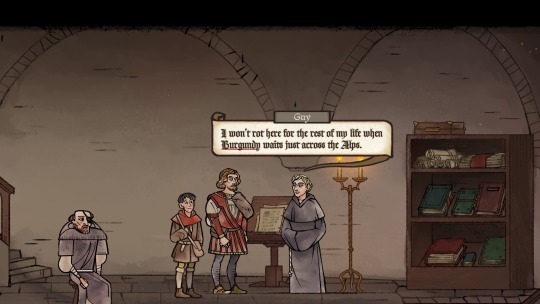
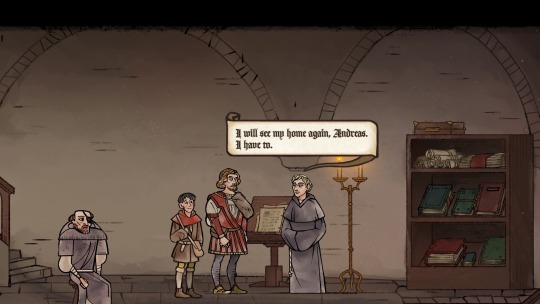
I GOT THE DIALOGUES AGAIN!!!! Today is a joyous day.
#Got a couple of details wrong but it's good to know that I didn't dream the whole thing up#pentiment#The very little light left in his eyes in Act I (thinking he can have a life in Kiersau) is dead and gone#It's very subtle but you can actually see the change in the sprites if you look close enough
18 notes
·
View notes
Photo

To the library, now!
#pentiment#pentiment act ii#father gernot#brother aedoc of st. ives#brother wojslav#brother florian#brother lukas of fügen#brother volkbert#brother mathieu#brother rudeger#brother guy of dijon#kiersau abbey#gif#ifttt
38 notes
·
View notes
Text
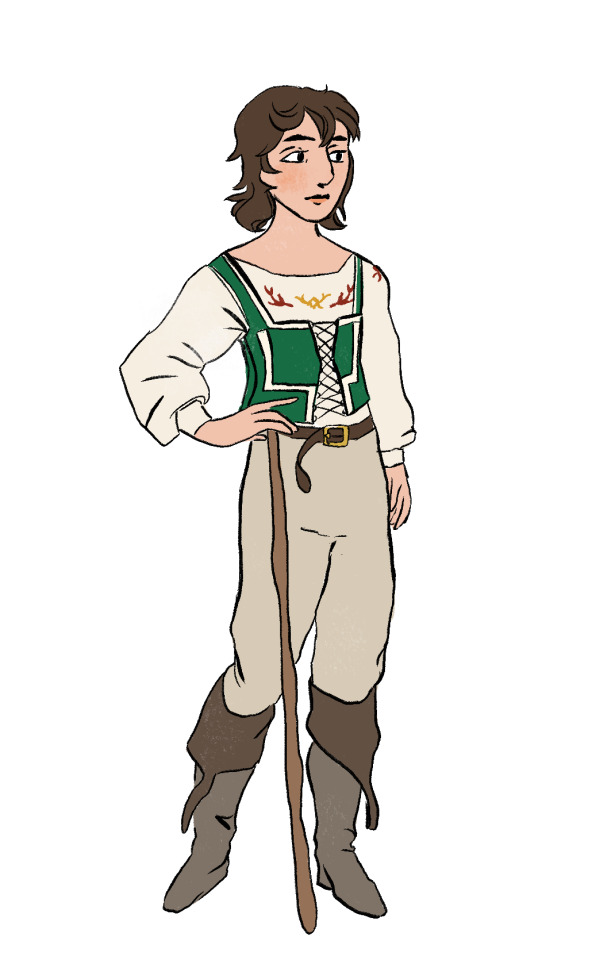
Finally my Pentiment self-portrait! Clothes are 16th-17th century hungarian peasant clothing:)
On a scale from Ursula Gertneryn to Martin Bauer im probably all real numbers
#pentiment#andreas maler#ursula gertneryn#martin bauer#my art#self portrait#btw i saw this at @kiersau
88 notes
·
View notes
Note
Out of all the residents of Kiersau do you have a favourite? Do you have a favourite pentiment character overall?
Illuminata was my favorite abbey character to write. She probably got more of my writing time than anyone else at Kiersau and she was an interesting character to develop. I think I originally conceived her as being even more strict and uptight, but as I continued iterating on her, I found sympathy and leniency in her.
On one of my last writing passes, I added a branch in Act I where you can ask her if she prefers the strict Father Gernot to the lenient Father Mathias. She says it's her duty to obey so it doesn't matter, but, "... every child would prefer that their parents err toward love. To err toward love is to stumble at the feet of God."
She's strict and judgmental but in the end she bends toward forgiveness and grace.

372 notes
·
View notes
Text
Hello friends and please behold my own personal masterpiece, an as-comprehensive-as-I-could-make-it "Which character are you?" quiz for Pentiment with thirty-six different possible results.
Please be warned that there are spoilers for the game within, in both the structure of the quiz and some of the descriptions in the results! That said, I have poured a lot into this and I am so curious to see what results people get, so I would love if folks gave it a look.
#started this uhhh. four months ago#a significant amount of research and having my friends playtest it later though i think it is finally ready to be released#thanks to scribe and also everyone in my little server for letting me bounce ideas off you all. i have really enjoyed making this quiz#pentiment tag
569 notes
·
View notes
Text
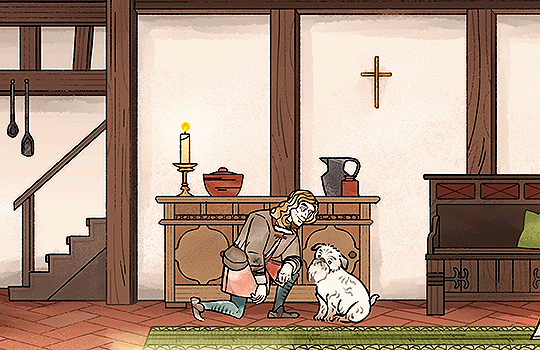


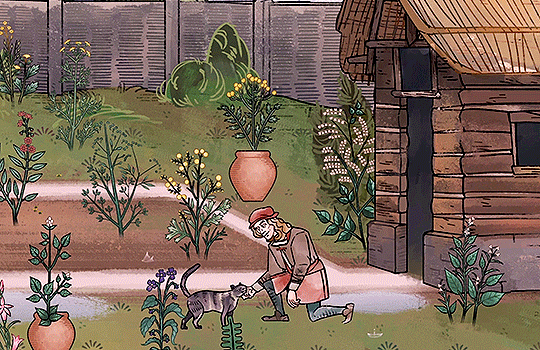

PENTIMENT (2022)
Andreas Maler petting animals in Tassing and Kiersau Abbey
#pentiment#andreas maler#videogameedit#gamingedit#gamingnetwork#dailygaming#gamingcreatures#obsidian entertainment#*pentiment#hate how this turned out but here goes#**#*gifs
384 notes
·
View notes
Text
Prelims round 1, poll 4






Propaganda
Scarlet Hollow Town Hall/Library, Scarlet Hollow:
-has a stupid creepy ass mural depicting the murder the town did to the local coal baron in the 1800's
-literally haunted
-dilf librarian
-dilf librarian's house is a part of the same building
-has a cat
-dogs are allowed
-makes you repent for your family's sins
-the town mayor is a dog and they host him in the library every month on "mayor jimmy day"
The Arcanaeum, The Elder Scrolls V: Skyrim:
Urag gro-Shub is BAE. And it’s a very pretty library.
The Archive (with the recipe book), Fullmetal Alchemist: Brotherhood:
None
The School Library, Clannad (visual novel):
you meet the sad girl with science autism in there
Kiersau Abbey Library, Pentiment:
You know how libraries these days are places for more than just books? This was one of these 500 years before it was cool. Here you can find old heretical texts, hot nun goss, secret passages, gay sex, delicious symbolism that represents the crumbling of an oppressive religious institution and increased education for the masses... what more could you ask for?
UPDATE: Minecraft Uncensored library has been disqualified for the reason of not being fictional.
Please don't vote for it. If it wins, the second place library will go through instead. Apologies for not catching it earlier.
#fictional libraries#tumblr tournament#archives#books & libraries#fictional archives#libraries#tumblr polls#poll#scarlet hollow#Oscar Gutierrez#black tabby games#minecraft#mc#pentiment
62 notes
·
View notes
Text


I’m sure someone else has beaten me to it, but here’s a translation of the ledger Andreas can find in the abbey library, with my translation notes – long post below the cut:
Mother Katharine, Prioress
AD 1459[1]
Sister Hildegard, 16 years old
Named Anna Gölderich, of Ravensburg. Proficient in Latin. Studious and obedient, with a soft, pious voice. 150 florins donated by her father. Additional 15 florins annually.
Mother Hildegard[2]
AD March 1481
Sister Cecilia
Daughter of the Welser family of Augsburg[3]. Named Adelheit. She is wise and learned in Latin and French. 200 florins given by the family before her arrival. Additional promise of 20 florins annually.
AD August 1505
Sister Gertrude
Named Metze[4] Huberyn, born in the Variscan Court[5]. Minimal proficiency in Latin. Kind and knowledgeable about herbal medicine. Most knowledge passed down by her father, an apothecary, who donated six florins to the monastery.
Sister[6] Matilda, 17 years old
From Kempten[7], named Matilda. Moderately proficient in Latin. Calm, disciplined. Daughter of a Frisian merchant who donated ten florins and a large quantity of ultramarine pigment for the Scriptorium’s use.
Mittenwald Ascetarium, May 1515 to September 1515[8]
Sister Illuminata
Named Angelina, from the noble Capocci[9] family of Perugia, who were close to Abbot Rudolf[10]. Extremely learned in Latin as well as French and Germanic languages[11]. Restrained[12], sensible, and perceptive. The Capocci family donated 50 florins before her arrival, with an additional promise of 20 florins annually.
1507
Mother Cecilia, Prioress
February AD 1510
Sister Sophia
Born to the Hafner family in Birgitz. No knowledge of Latin but gentle and reverent. Parents are humble paupers. Three sacks of flour donated.
AD 1512
Sister Lijsbet, 34 years old
Born in Dutch Trecht[13], from the Hack Woutersen marriage[14]. Moderately proficient in Latin but proficient in Saxon. Hardworking and pious. Merchant parents. She has long been connected to Kiersau through her mother’s family, the Kaufmanns of Rothenburg ob der Tauer. They gave 12 florins, with an additional promise of two florins annually.
AD 1514
Sister Margarete
From the Auer family in Krimml. Mostly blind due to glaucoma. Can see colours. Moderately proficient in Latin. The daughter of wealthy peasants who each donated bags of wool and pastureland in Krimml.
AD 1515
Sister Zdena
The third daughter of the Rožmberk family of Tábor[15]. Very learned and proficient in Latin. The Rožmberks paid 100 florins before her arrival, with an additional promise of 30 florins annually.
---
[1] In the original text, the year is written as MCCCCLVIIII. Typically this would be written as MCDLIX, in accordance with subtractive notation (i.e. how we normally write Roman numerals), but there are historical examples of additive notation sometimes being used, for some reason – sometimes both would be used interchangeably in the same document, or even the same number.
[2] This entry likely documents Hildegard’s promotion as opposed to there being two Hildegards in the abbey, as there’s no other information included and the same is done for Sister, later Mother Cecilia below.
[3] The Latin here is originally pretty clunky and obscure (“Welser daughter of the Augsburg Vindelici”); Andreas explicitly mentions Cecilia’s family as well (and telegraphs other important information for the player this way). The Welsers were a German merchant family that rose to prominence in the 16th century as financiers for the Habsburgs along with another family, the Fuggers. They accumulated their wealth mainly through trade and the German colonisation of the Americas, including enslaved labour, so. Yikes!
The Vindelici were a Gallic people based in present-day Augsburg; I don’t actually know if the Welsers themselves were descended from them, but I’d assume so, given that the region is correct.
[4] Diminutive form of Mechthild.
[5] The contemporary name for Hof, believed at the time to be the seat of the Varisci/Narisci people.
[6] Sister Matilda is an oblate, as are Lijsbet and Magarete. Oblates aren’t professed monks or nuns, and so are technically part of the laity, but have associated themselves with a monastic community. They make formal promises – either annually or for life, depending on their affiliated monastery – to follow the Rule of the Order; as a result, they’re considered an extended part of the monastic community.
[7] I initially was stumped by this word and thought it referred to Matilda’s occupation in the abbey as cellarer, but then remembered Andreas reads she’s from Kempten, the old Latin name for which is, indeed, Cambodunum.
[8] Matilda’s age is either current in 1518, which would’ve meant she was 14 when Lorenz Rothvogel attacked her, or her record was retroactively updated to reflect her leave in 1515, making her 20+. Unfortunately, I think both are equally plausible, though being in her 20s would mean her relationship with Brother Wojslav, who imo appears to be older, has (slightly) less of an age gap.
[9] A quick search reveals the real-life Capocci were mostly associated with Viterbo, which is not Perugia lol.
[10] Another clunker originally.
[11] Theodiscus was the contemporary term referring to West Germanic languages; it comes from a Germanic adjective meaning ‘of the people.’ Since Latin was the language of science and religion, theodiscus was its opposite, i.e. the language spoken by the people.
[12] Retinēre very broadly means ‘to keep or hold back’ and so usually gets translated as either ‘to restrain’ or ‘to uphold.’ In describing a person, it can suggest any number of things: literally, physically restrained, or emotionally restrained, as in temperate or even repressed; someone who is steadfast and firm, or simply just is intelligent – as in, literally retains information well. Illuminata is all of these things, but I think ‘restrained’ suits her most compared to, say, tenacious.
[13] Utrecht. The city takes its name from the Roman fort Traiectum on the Rhine.
[14] Imma be real with you chief, other than Hack and Woutersen both being Dutch names, I have no fucking clue what this references – if anything – and I’ve found nothing that would help shed some light on it, either.
[15] The Rožmberk (Rosenberg) family was one of, if not the most powerful noble family in Bohemia from the 13th century until the early 17th century. Zdena is RICH rich, but her story is also pretty sad; it’s little wonder she’s Like That.
260 notes
·
View notes
Text
So where *is* Tassing, actually?
Obviously it’s nowhere. But actually, it’s also several specific places in a specific area.
As someone who lives and has lived in several parts of Oberbayern, I'm so tickled by placing Tassing on a map. While trying to find a region it would fit in with all the clues the game gives, I also found several monasteries that probably contributed to the way Kiersau was written and created.
Names
Tassing fits a common naming scheme in Oberbayern. Places with an -ing name in Austria and Altbayern (roughly congruent with the present-day administrative districts Upper Bavaria, Lower Bavaria and Upper Palatinate) were founded in a specific time frame, the Baiuvarian Settling of the Alps. Up until the 7th century CE, the alpine landscape was inhabited by slavs, but from the 7th to 9th century, the Baiuvarii, a germanic group of people, moved into the area and ended up either displacing or integrating the slavic people into their own society.
Examples of Baiuvarian -ing names in Upper Bavaria include Pasing (With the people of Paso/Paoso/Poso/Poaso), Menzing (With the people of Menzo) or Poing (With the people of Piuwo). Tassing might have been re-settled, founded or just be associated with a man named Tasso, and should be located somewhere in Altbayern.
Kiersau is a strange name to me and finding an etymologically-based interpretation, like for Tassing, is harder. (In general, trying to find etymologies for place names is often more educated guessing than anything else.) The Bavarian meaning of Au (or Aue) is a flat piece of land with meadows and forests located near a river (also: floodplain). The problematic part is Kiers. I'm choosing to put it down as Kirsche, cherry. Why? Well, cherry trees were brought across the Alps by Romans, and the Roman past of Kiersau and Tassing is important to the story.
It might also just be a reference to Hirsau, a famous Benedictine monastery in the Black Forest.
None of the first or last names of the peasants, merchants or craftsmen in Tassing give any kind of hint as to where the place is located. Names like Bauer (farmer), Gertner (gardener) or Zimmermann (carpenter) are extremely common, and the more uncommon ones, like Alban, don't help narrowing it down either.
Area
We get one look at an Early Modern map of Europe, with a few mountain ranges, rivers, some of the most siginficant trade roads, and Tassing marked on it. We know that Tassing is part of the Prince-Bishopric of Freising in 1518 and borders directly on Tyrolia. We know it's in Bavaria, which I'm deciding to identify as the Bavarian territory of the Holy Roman Empire. I'm not getting into the true borders of Bavaria on my overly researched Pentiment post. We also learn that one of the Roman trade routes, possibly relateed to salt, was built to run past Tassing, and that Tassing is located somewhere in the province of Raetia. To identify and overlap all these areas, I have committed a horrible cartographic crime in Photoshop!
I have marked Raetia in yellow, the Roman roads in red, the Prince-Bishopric in brown and the Bavarian territory in blue. This first map shows these areas in a European context.

This one is a closer shot of the whole possible location of Tassing. Now, you might have noticed a little red dot in the lower right, outside of any of the possible areas, right there in Eastern Tyrolia?

Unfortunately, that is where the Pentiment map placed Tassing. Now, the in-game map is mirroring many a Early modern maps (I'm just glad they put a modern North-South axis on it, ngl), and is. Not Very Reliable. This part of Austria cannot be interpreted as Upper Bavaria by even the most lenient mapreaders, and I am electing to ignore it. Sorry.
I’m also locating Tassing west of Munich, not east, because I’m too familiar with the area around Rosenheim/Wasserburg and I’m just not getting Tassing vibes, even though Perchtenläufe are far more common today in the area.
Anyway, on to the last map. You'll notice there's a nice Roman road leading through the big pink area west, leading north towards Augsburg, and a second to the east that crosses into non-Freising territory and then passes (or crosses, my Roman roads map reference isn't super exact) a Freising enclave.
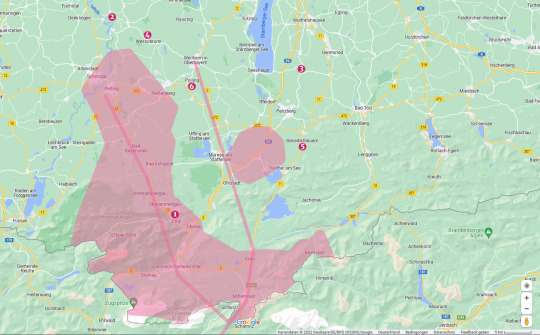
When I first zoned into this map, I got really excited, because there IS a Benedictine monastery on the West road! Kloster Ettal - which is unfortunately mostly famous for a sexual abuse scandal in the Catholic boarding school that's part of the monastery. Yikes.
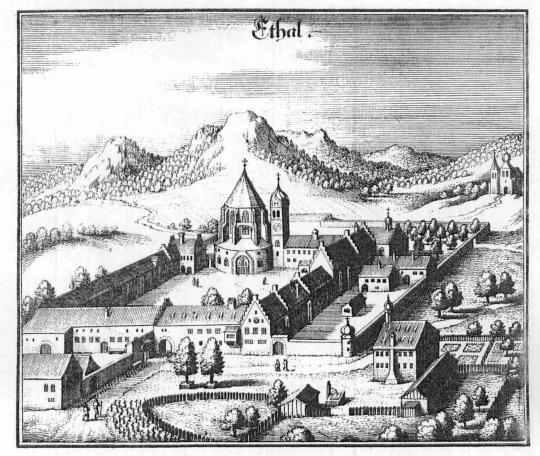
Kloster Ettal (1)
It was founded in the 14th century, so rather late, by Emperor Ludwig IV. The sanctuary features a small marble Madonna. Ettal remained rather unimportant until the 18th century.
Pro: Right next to a Roman road, close to a small river, securely inside my possible location area and located on a hill.
Con: Founded too late and not by a person comparable to the foundress of Kiersau. Not culturally significant before or during the time of Pentiment. No reference to any strange reliquiaries.

Epfach (2)
This is a small village near Denklingen. It's not significant for having a monastery, because there is none. However, Epfach used to be called Abodiacum, and it was located at an important intersection between the Via Claudia and the salt road between Salzburg and Kempten. Since the fall of the Roman Empire, it has lost meaning, and today Epfach is a village with a rich past. The coat of arms depicts a roman lamp with the Chi Rho, emphasizing the merging and mixing of pagan Roman and Christian influences in the area. There have also been several archeological finds, among them the Venus of Epfach, and you can visit a Nymphaeum near the school.
I'm not rating this one pro and con, since Epfach doesn't have a monastery. However, I think the area may have been one of many inspiring places in Upper Bavaria that went into the creation of Tassing. I was especially tickled by the Nymphaeum and the murals that are on exhibit in the former fire station.

Beuerberg (3)
A double monastery, founded around 1120 by a local Noble, Berta von Iringsburg and her sons. It was widely known for its library and school, and it was ravaged by fire several times, which also destroyed parts of the library.
Pro: Founded by a woman, double monastery, a history of fires.
Con: Not a Benedictine monastery, not in the target area, most places burn down over the course of 800 years, and also I literally added it exclusively because my grandparents used to live here.
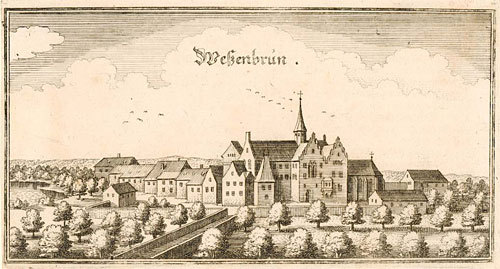
Wessobrunn (4)
Originally founded in 753 by Duke Tassilo III. near another Roman road, it was presumably the proprietary monastery of a family by the name of Wezzo, who according to legend led Tassilo to a spring he had dreamed of. The monastery was pillaged by Hungarians in 955 and rebuilt in 1065. A recluse, Diemut, a famous scribe, worked here after the monastery was rebuilt, although she wasn't part of an order. Wessobrunn became a double monastery in 1130 and burned down in the early 13th century, once again being rebuilt. It became known for its library, and as a local parton of art, especially stucco in the 18th century.
Pro: Double monastery of Benedictines, located on a hill, had a famous female scribe and library, history of destruction by fire. Also, Tassilo could have inspired a place name like Tassing.
Con: Never had a scriptorium, not in the target area, actual story of Tassilo founding it is considered ahistorical by most historians.

Benediktbeuern (5)
Located at the Via Raetia, this monastery was founded once again by Tassilo III. and was gifted, among other things, a salt mine in Tyrolia and several villages. It received an arm reliquiary of St. Benedict in the late 8th century, and head reliquiaries of the martyr Anastasia. Benediktbeuren was a double monastery until the 14th century, with the women's convent located north of the men's convent. Like Wessobrunn, Benediktbeuren was destroyed by Hungarians and rebuilt. Before and after this event, the monastery was home to a famous scriptorium, a famous library and it also had a parish church dedicated to Mary close to the monastery itself. The main part of the monastery was destroyed by a fire in 1490 and then rebuilt.
Pro: Double monastery of Benedictines, famous scriptorium and library, connection to Tassilo, parish church dedicated to Mary, lead by a man called Matthias in the early 16th century, destroyed by fire, a hand reliquary and ownership of a salt mine.
Con: The salt mine was days away, not in the target area, located on a plain.

Polling (6)
Founded as a Benedictine monastery in the late 8th century, once again connected to a myth of Duke Tassilo III. In this one, he's hunting and spots a doe that's scratching the ground. Digging up the spot, he finds three crosses and other treasure, and decides to build a monastery there. Polling was also destroyed by Hungarians, and was a a double monastery until 1300, when the nuns moved to Benediktbeuren. Since the early 12th century, Polling was an Augustine monastery and home to an important school. It also had lots of pilgrims coming in for the holy cross.
Pro: Double monastery, located next to one of the Roman roads, parallel name to Tassing and connection to Tassilo, the doe
Con: Not in the target area, not a Benedictine monastery, not known for a scriptorium.
Conclusio
You might ask yourself now, well! What was all that for? And the answer is, of course, to show how realistic and at the same time completely fantastic Kiersau and Tassing are. You can find something of Pentiment's locations in all of the places I've mentioned, and yet none of them are a perfect fit, because the story that Pentiment tells needs the combination of all these things to work.
There's no one place that Tassing mirrors, but I think my favorite find were the many monasteries founded by Tassilo, and the connection of Tassing via the place name - With the people of Tassilo. I love how closely the Roman history of Upper Bavaria, especially Epfach, is picked up, fractured and then condensed in Pentiment. I might write a follow-up on this about the local Pagan practices that we see from Ottilia, Sick Peter and Ursula, but I think I'm a bit too cynical to write about those in a fun way.
Sources:
Etymologies:
Senseless searches on Wikipedia and Wiktionary.
Map of Raetia:
https://de.wikipedia.org/wiki/Raetia#/media/Datei:Droysens_Hist_Handatlas_S17_Germanien.jpg
Roman roads in Germany:
https://www.altwege.de/roemer-und-kelten/interaktive-karte.html (Bernhard Schwade)
Bishoprics in Germany:
https://www.historisches-lexikon-bayerns.de/Lexikon/Bistumsorganisation (map by Sonja Schweiger)
Map of Europe: google babey
History of the monasteries:
https://www.hdbg.eu/kloster/ and a wide array of the monastery websites, Wikipedia and Wikimedia.
Ettal: https://de.wikipedia.org/wiki/Kloster_Ettal#/media/Datei:Ethal_(Merian).jpg
Epfach: https://commons.wikimedia.org/wiki/File:Hirte_mit_Schafen_-_r%C3%B6mische_Plastik_in_Abodiacum_(Epfach),_2020.jpg
Beuerberg: https://bildsuche.digitale-sammlungen.de/index.html?c=viewer&bandnummer=bsb00063022&pimage=678
Wessobrunn: https://bildsuche.digitale-sammlungen.de/index.html?c=viewer&bandnummer=bsb00063022&pimage=644
Benediktbeuern: https://api.digitale-sammlungen.de/iiif/image/v2/bsb10802259_00025/full/full/0/default.jpg
Polling: https://commons.wikimedia.org/wiki/File:Wening_Polling.jpg
359 notes
·
View notes
Note
Tell us about different monastery burning motifs! Would be interesting to hear how each of them work narratively
hi! this was mostly explored when @st-vesta and I were yelling incoherently about it. I also don't have a very good grasp on The Name of the Rose as I've only watched the show. tbh I'm really only confident of my interpretation of PotE SO WITH THAT IN MIND
[SPOILERS FOR THE NAME OF THE ROSE, THE PILLARS OF THE EARTH AND PENTIMENT]
Right from the get-go their burnings are very different in when they come into the narrative. It comes very early on in Pillars of the Earth, with Kingsbridge Cathedral burning down right near the start. It's the force that drives the plot. Pentiment's Kiersau Abbey goes up in flames in the end of the second act as a culmination of the long-standing tensions over the course of five (?) years. The Name of the Rose ends its story with the burning of its mountain monastery.
How do they happen? Till the last second, Kingsbridge's fate was kinda just strung on a line of bad luck and split-second decisions. A forest boy named Jack tags along with a mason's family, becomes refugees of a burgeoning civil war, and ends up in Kingsbridge. He gets the idea to burn down the cathedral to give the kindly mason a job, and isn't even fully sure of his decision as he lights the vault boards on fire. He’s just a child.
And yet.

Fire is a catalyst. As much as it is a catastrophe, it also presents three groups of people all fucked by the hellscape of 12th century England with an opportunity to build something brighter. Aliena’s family and earldom taken by the Anarchy, Philip and his languishing priory, and Jack, coming from the fringes of society all working together to pull their futures out of the ashes of the cathedral… Kingsbridge and its town start thriving again.
(Fire is very much a motif in PotE. Someone as powerless as Jack using this volatile force of nature to bring down something as grand and sacred and built-to-last as a stone church! The Church controlling fire to produce a ‘miracle’ and restore faith in the institution! Fire as Hell, the only thing that has ever scared William Hamleigh! Fire as hope, Philip treading the aftermath and watching the sun rise with Tom!! I;m very ill)
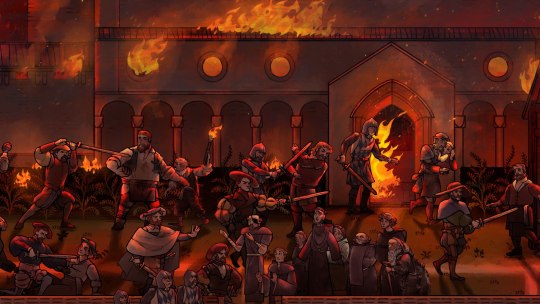
Kiersau and Tassing, on the other hand, have been fostering tensions that would eventually destroy the monastery. It is the powder keg’s inevitable explosion. Neither the village nor the abbey are willing to back down, so it culminates in a situation where one or the other caves in. Nobody has been having a Good Time for a Long Time. Especially not Claus. In his grief, he walks into the library and sets it on fire.
Fire is an answer. It is a terrible, terrible night. We are told that the Benedictines scattered to the wind. We don’t get to see the immediate aftermath, but does it matter? Magdalene explores the abbey and it is still the same derelict cathedral from years ago. She wasn’t there to witness it, but there its soot-stained carcass stands as a reminder of tragedy. Some saw it as a victory, certainly- the humble villagers triumphing over their Benedictine landowners. Things grew from it, though- Wojslav and Matilda find their new chapter of life here, Mathieu and Illuminata find new, loftier prospects outside of Tassing, and Andreas finds a way out of an unhappy life.
The mountain monastery in The Name of the Rose has a long-kept secret, and attempts to unearth it are met with death. It goes up in flames after a week of murders as a last-ditch effort by Jorge to destroy its library and bury its secret for good.
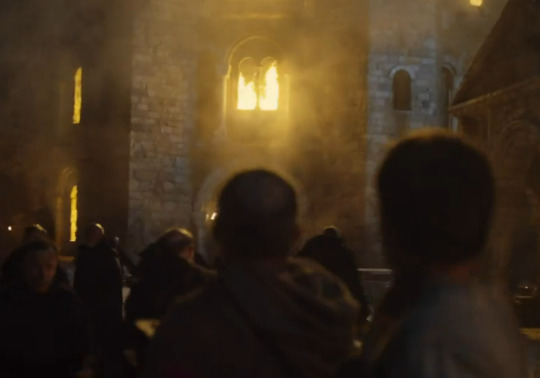
Fire is the end. No matter how grand and complex the library labyrinth was, it would have never held up against fire. William and Adso didn’t succeed. They couldn’t have saved the library and they couldn’t stop the deaths. Jorge did what he set out to do! The elusive Finis Africae is still shrouded in mystery and anyone who knew of the contents is dead! The monks disband and William comes out of it disillusioned.
TBH, all three of them make use of monastery burnings to destroy some hidden truth or secret. The history of Tassing? Records largely in flames, and even given to distortion, since we, the player, are able to interpret that segment! The truth about the White Ship? Gone with Prior James’ bones! And Finis Africae. Fire, if anything, can hide and rewrite.
TL;DR: fire do many thangs and pyromaniacs everywhere are right.
#pentiment#pillars of the earth#the pillars of the earth#the name of the rose#pentiment spoilers#pote spoilers#notr spoilers#birbwellspeaks#really my expertise is on PotE. ive only played through Pentiment once so i hope i can do this justice#though i also have lots of thoughts about how different Tassing and Kingsbridge are community-wise...#like. that response to the fire. and in general they are written v differently#ALSO SORRY FOR THAT SHITTY NOTR SCREENSHOT#i dont have the episode in good quality
63 notes
·
View notes
Photo
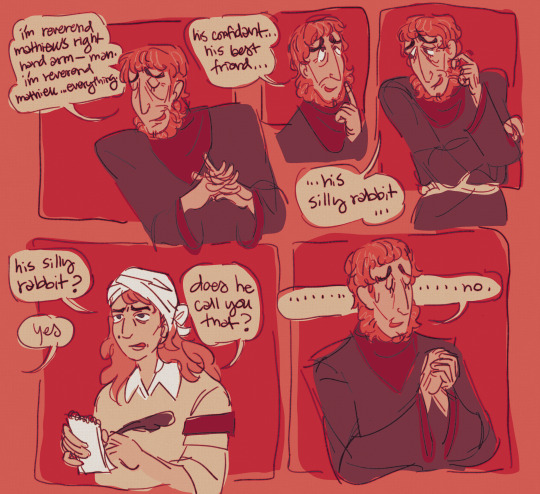
magdalene conducting research on kiersau abbey
297 notes
·
View notes
Photo

Thankful monks
#pentiment#pentiment act ii#gif#ifttt#kiersau abbey#brother guy#brother rudeger#brother mathieu#brother volkbert#sister matilda#brother aedoc#brother florian#brother wojslav#brother ferenc#father gernot#caspar of salzburg#andreas maler#sister gertrude#brother lukas#the gang's all here!#big head mode
20 notes
·
View notes
Text
I’m obsessed with how Pentiment truly manages to put the player in a position where no choice feels good and every option is so deeply trenched in doubt. Especially in act 1, also in act 2, but act 1 hits that particular angle so much harder.
And part of that is because the Baron is truly such a piece of shit. You can choose to kill Lucky, but even if he did it (which you are never certain about with any of the characters) the Baron was responsible for his pregnant daughters suicide and therefore disgrace even in death. Who could blame Lucky for hating him? You can choose to kill Ferenc, but the Baron blackmailed him due to Ferenc’s interest in the occult, which would surely get him killed by the church, and the Baron only used it to further his own gain. You can choose to kill Ottilia, but the Baron physically abused her husband and killed him in the long run. Which made Ottilia not only lose her husband, whom she loved by all accounts, but also her entire livelihood, because as a widow, she can’t inheret. You can choose to kill Matilda, but the Baron tried to rape her and physically abused her so heavily that she had to leave for months so that no one would notice. But you still have to condem one of them because otherwise, Piero gets the chop.
It’s different in act 2 because Otto is not directly responsible for the harm that comes to the suspects. But they are all just people trying their best. Hanna is at a bad place in her marriage and has, to be fair, an affair with a truly horrible man. But at the end of the day she’s trying to protect her husband and her son and the life they have build in Tassing. Martin/Jobst saw his chance after years as a bandit on the road to get away from that, to lead a better life, and he took it. He’s trying to be a good husband and a good father all while pretending to be someone he is not, but still being better to literally everyone around him than Martin ever was. And Guy is a piece of shit to quite literally everyone in Kiersau and Tassing, but that’s because he is deeply unhappy and bitter about the life he is forced to live. He can never go back home, never be around his people anymore. He’s forced to live as a monk for the rest of his life, so what he does is he steals to help and save those who can not save themselves.
And Pentiment tricks you into believing that this is a fun medieval murder mystery game where you get to play detective and takes all these hard choices and shoves their consequences in your face. There's no good outcome because it was never fair in the first place.
94 notes
·
View notes